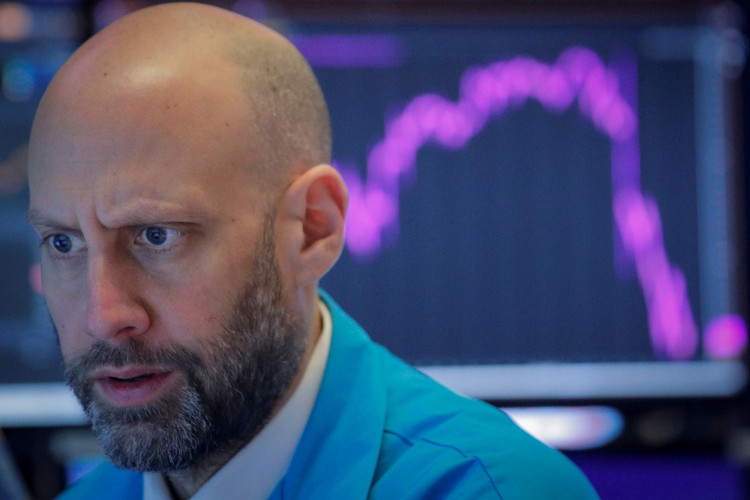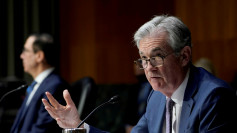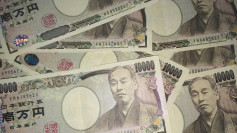Stock trading the United States was temporarily halted for the second time this week on Thursday following a 7 percent dip of the S&P 500 index. The dip triggered the so-called circuit breaker mechanism at the exchange, temporarily stopping all trading activity for 15 minutes.
Trading immediately resumed at 9:50 am Eastern Time. Fortunately, the continued drop in the index during the mid-day trading did not trigger a level two circuit break. If the index had fallen by more than 13 percent after trading had resumed, trading activity would have been halted a second time.
The so-called circuit breaking levels are different for each index as they are calculated daily based on the previous day's closing prices. The thresholds are placed to temporarily halt trading market-wide during times of extreme declined.
As of Wednesday's closing, the S&P 500 was trading at around 2741.38 points. The first circuit breaker was triggered after the index hit 2549.48 points, a 192-point drop from the previous day. If the index were to drop by a total of 356 points to 2385, the second circuit breaker will automatically halt all trading activities for another 15 minutes.
A third circuit breaker is also in place, triggering only if the index drops by a further 20 percent. The final trigger would automatically halt all trading during the rest of the day. To hit level three, the S&P 500 would need to drop by 548 points to 2193.10. The triggering of the circuit breakers, which had started during Monday's steep selling, is the first time it has happened since 1997.
Circuit breakers for other indexes were also triggered on Thursday. The NASDAQ Composite Index fell by 7 percent before the first circuit breaker was triggered. Meanwhile, the Down Jones Industrial Average dropped by 9.99 percent to 21200.62 points, a drop of around 2352.60 points.
The massive drops in the major US indexes come as the government fails to alleviate fears involving the effects of the ongoing viral outbreak on the economy. Listed companies in the hospitality, entertainment, retail, and travel sectors were also heavily hit this week. The Trump's administration decision to issue travel restrictions managed to exacerbate the problem with investors losing confidence in a possible short-term rebound.
Stock prices temporarily recovered after Monday as the markets reacted to the Federal Reserve's decision to roll out $1.5 trillion worth of loans to alleviate pressure. Different mechanisms are in place to cover single stocks on the market. The thresholds for individual stocks are determined by the Securities and Exchange Commission, with price bands set by tiers based on current prices.






